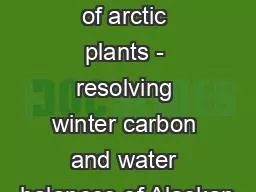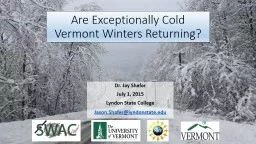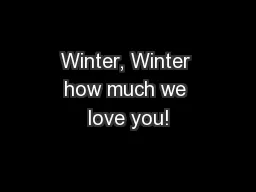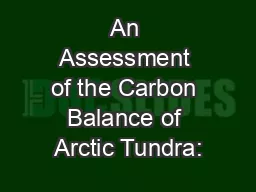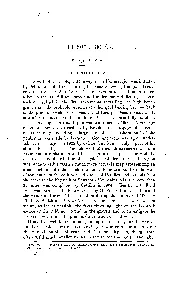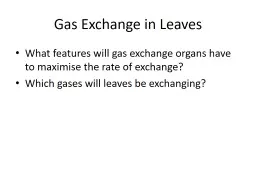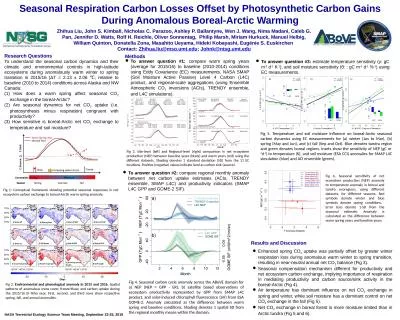PPT-Cold -season gas exchange of arctic plants - resolving winter carbon and water balances
Author : slayrboot | Published Date : 2020-06-23
Gregory Starr 1 Behzad Mortazavi 1 Steven F Oberbauer 2 1 Dept of Biological Sciences University of Alabama 2 Dept of Biological Sciences Florida International
Presentation Embed Code
Download Presentation
Download Presentation The PPT/PDF document "Cold -season gas exchange of arctic plan..." is the property of its rightful owner. Permission is granted to download and print the materials on this website for personal, non-commercial use only, and to display it on your personal computer provided you do not modify the materials and that you retain all copyright notices contained in the materials. By downloading content from our website, you accept the terms of this agreement.
Cold -season gas exchange of arctic plants - resolving winter carbon and water balances: Transcript
Download Rules Of Document
"Cold -season gas exchange of arctic plants - resolving winter carbon and water balances"The content belongs to its owner. You may download and print it for personal use, without modification, and keep all copyright notices. By downloading, you agree to these terms.
Related Documents

